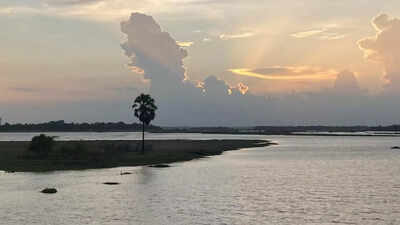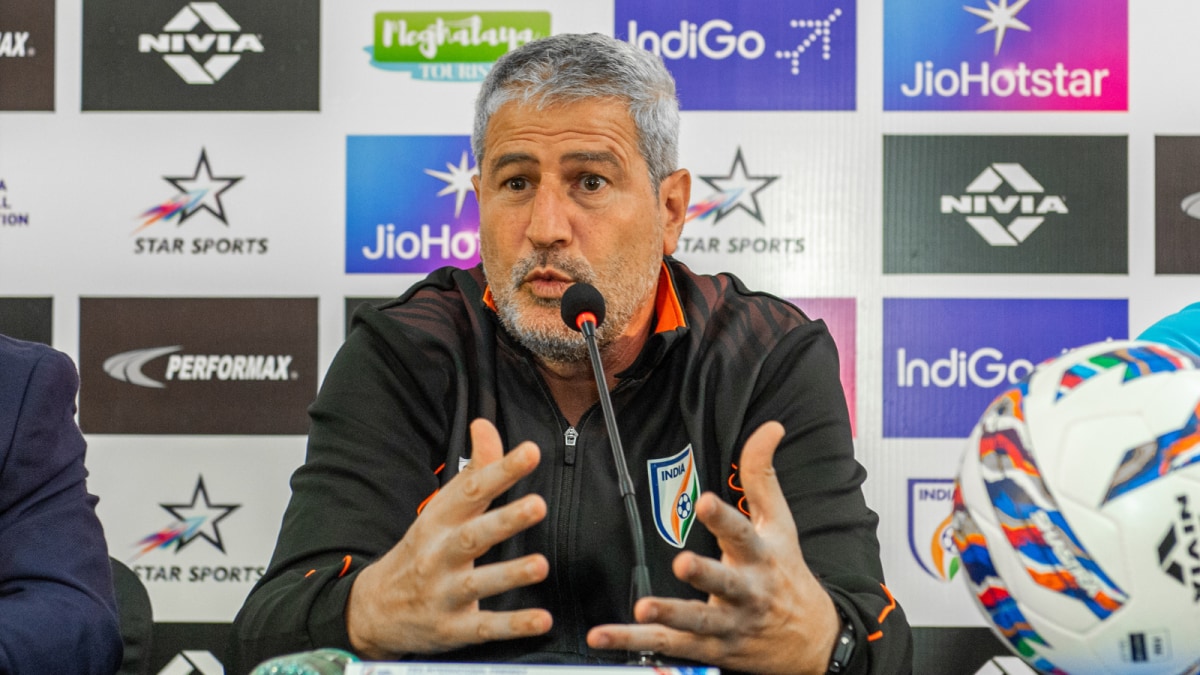ARTICLE AD BOX

KOLKATA: A documentary on land disputes including displacement of Adivasis has won the Satyajit Ray Bronze Award (Documentary) at the 8th South Asian Film Festival. Through the feminine gaze of a director and 11 women, it highlights the issue of agricultural land disputes.
Though set against the backdrop of the Gal Oya project—Sri Lanka’s first major resettlement and agricultural scheme – many viewers have found deep resonances of the subject in Bengal while watching the film about the consequences of resettlement and agricultural scheme.The Gal Oya project involved developing the Gal Oya valley, primarily through constructing the Senanayake Samudraya reservoir and establishing the Gal Oya National Park.
Rather than employing conventional talking-head interviews, Anomaa Rajakaruna’s ‘No More Land’ uses the voiceover of these women of all ethnicities while the camera pans across the land. In the process, it reveals how a project designed to boost agricultural production has instead generated ethnic tensions and displaced indigenous populations, leaving them without valid documentation to claim the land they once called home.
Ampara, an administrative district in Sri Lanka, was established in 1961 as a direct outcome of the Gal Oya project. The district was formed to host an influx of settlers from across the country, and to manage the rapid infrastructure development driven by the project. “Over the last seven and a half decades, generations of these settlers belonging to all ethnicities, have shared the land with its original inhabitants, the indigenous Adivasi community.
Together they have lived through testing circumstances which have shaped and strained their relationship with the land. ‘No More Land’ tells their story of displacement, of conflict and fear, of claim to land or lack thereof, through the voices of 11 women,” Rajakaruna said.All the interviews were done in a period of six months of 2024. The use of women-only voices has been a conscious call for the director. “When it comes to ownership of land issues, it is men who talk about the topic.
In the context of Ampara, we have listened to a lot of men. I wanted to listen to what women have gone through,” she said. Yet, footage of the 11 interviewed women has not been used the way most documentaries do where the camera only features on their face while the character shares her view.
“When you lip-sync a person’s voice, the person talks for himself or herself. When it came to the land disputes of Ampara district, I noticed a lot of similar stories from every corner of the district. I wanted to bring in the voices of all the people who have gone through similar situations into this documentary. That’s why I used the deconstruction editing method to bring out the voices and make it into a common narrative of the people of Ampara,” she added.The director isn’t surprised that her film has found deep resonances in Bengal. “My film is especially important in Kolkata since Bengal also has a history of land disputes over what constitutes development,” she said.



.png)
.png)
.png)
















 5 hours ago
4
5 hours ago
4









 English (US) ·
English (US) ·